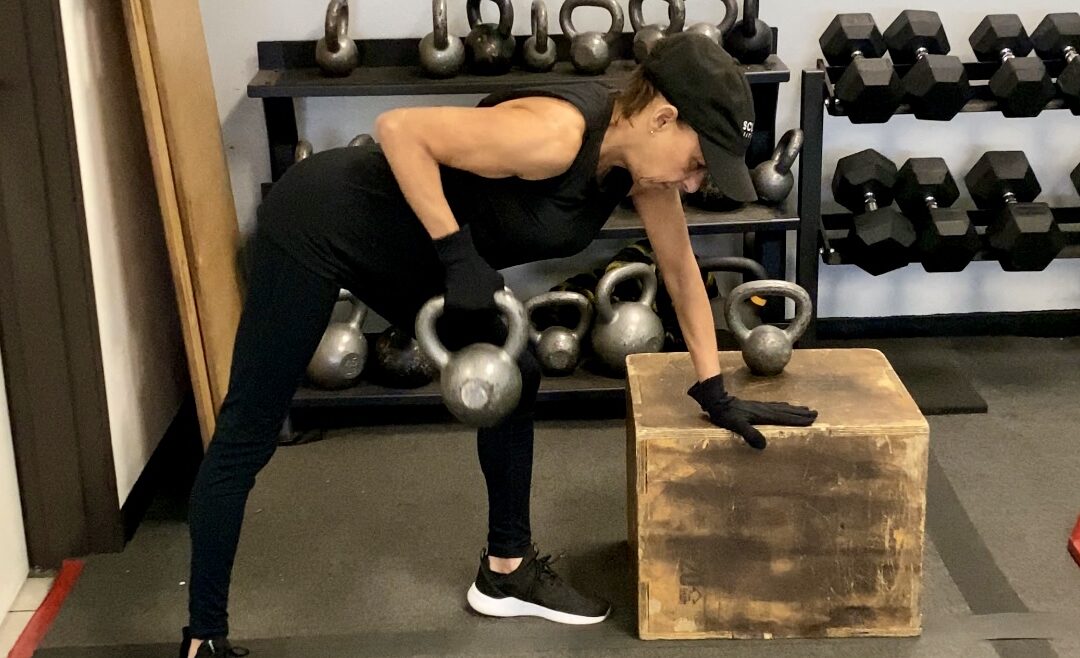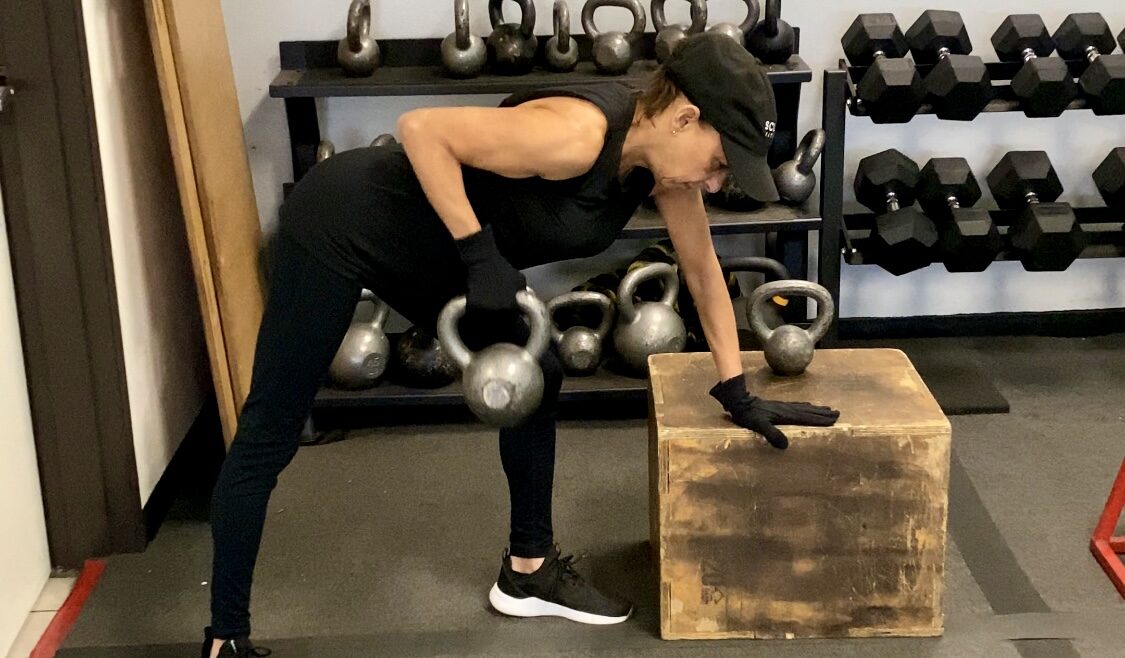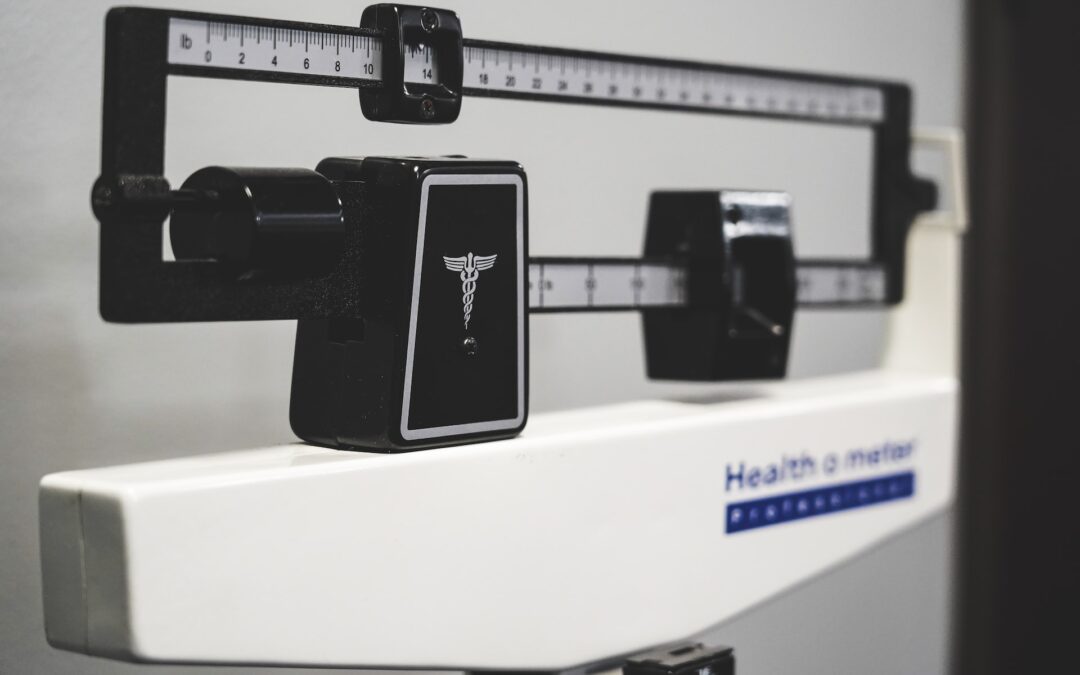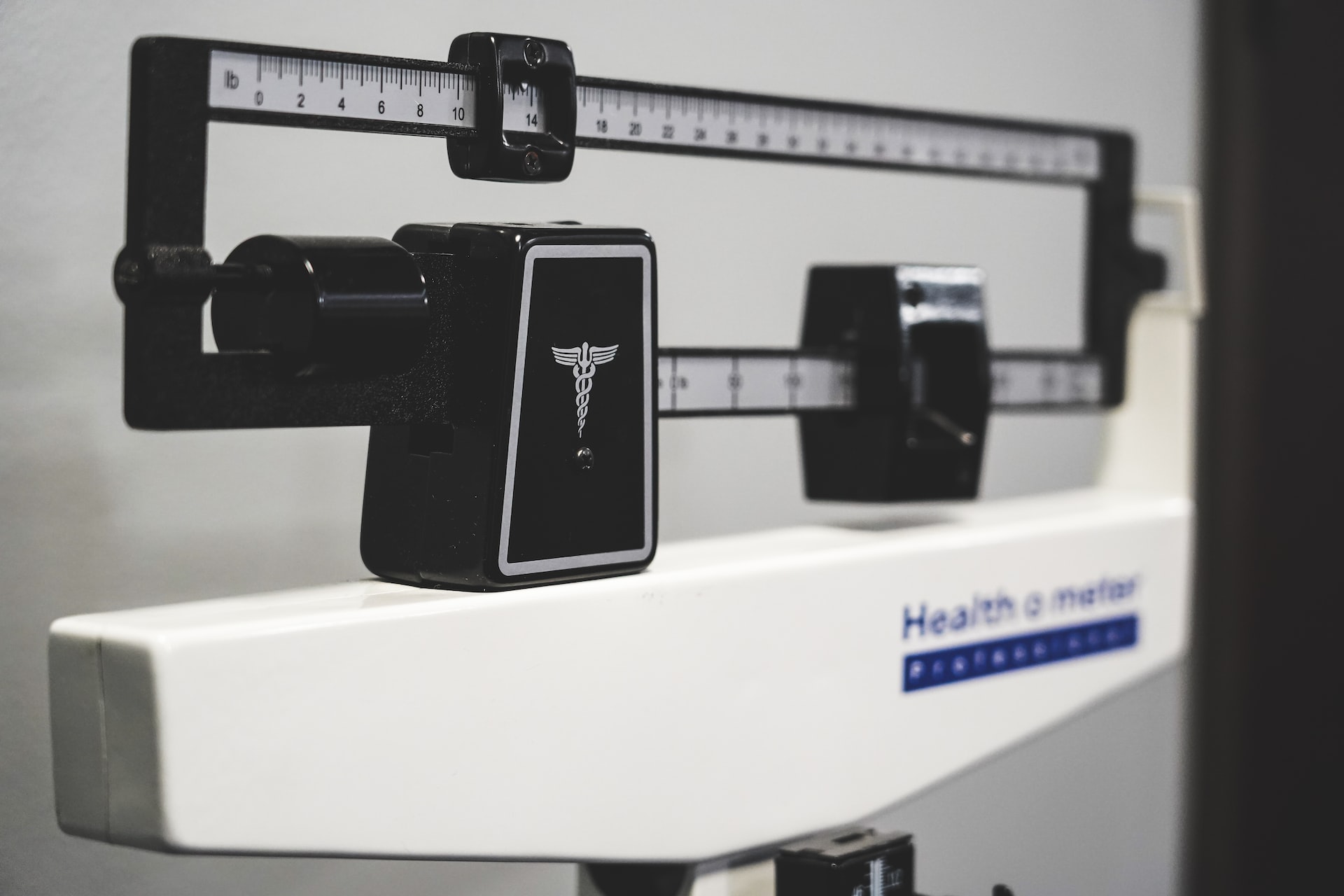
How to Build a Lean, Tone Physique: Secrets from the Pros

With the right training and nutrition, you can achieve the lean, tone physique you’ve always wanted. To have this physique it requires building muscle and losing fat; however, the process includes more than lifting weights and cutting calories. There are specific training methods and nutrition principles that are proven to yield better results and have been used by fitness pros for decades. If you practice these techniques yourself, you’ll more effectively build the lean, tone physique you want. These are the secrets from the pros.
Use compound exercises
Compound exercises are exercises that involve multiple joint movements and multiple muscle groups. They should be the foundation of your training program to build muscle and body shape. These movements allow you to lift heavier weights which stimulates more muscle fibers leading to more muscle growth. Examples of compound exercises include squats, deadlifts, bench press, and rows.
In terms of training efficiency, incorporating compound exercises into your workouts can help you get better results in less time by working multiple muscle groups at once. They can also help improve your overall functional strength, as they mimic the movements you perform in everyday life.
Increase the weight progressively
One of the key factors in building muscle is progressive overload – the principle that your muscles need to be challenged with increasing loads in order to adapt and grow. When you perform the same workout week after week without progressively increasing the loads, your muscles will eventually plateau and stop making progress. If there is no need to adapt, the muscles won’t change.
To avoid this plateau, it’s important to make small gradual changes to the load placed on each muscle group over time. This can be an increase in weight, reps, sets, range of motion, or even an additional exercise isolating that muscle. You don’t have to add or change a lot each week – small increments make a big difference. The key is to find the right balance between further challenging your muscles and avoiding overuse or injury.
Don’t neglect your diet
Your diet plays a crucial role in building muscle and losing fat. However, the most effective nutrition plan focuses on either building more muscle or getting rid of unwanted fat. These are separate goals driven by a different nutritional plan. You need to choose to build muscle or reduce fat, because trying to do both at the same time will limit your results. Initially, beginners may be able to pursue both goals simultaneously, but within a few months their progress will stop and they will hit a plateau.
For muscle growth, focus on consuming a surplus of calories to gain weight and at least 1 gram of protein per pound of lean body mass to fuel your workouts and support muscle recovery. If you’re unsure of your lean body mass, you can eat 1 gram of protein per pound of weight to be conservative. Your muscles won’t grow without enough calories and protein. When you decide to switch gears and pursue fat loss, maintain the protein intake to preserve your muscle tissue and lower your total daily calories by reducing fats and carbohydrates. Whether building muscle or losing body fat, it’s important to include a variety of nutrients from whole grains, sources of healthy fats, and several daily servings of vegetables and fruits to get in enough vitamins and minerals to support overall health and performance.
While it’s preferred to focus on whole, unprocessed foods, it can also be helpful to include protein supplements, such as protein powders or bars, to help meet your protein needs. Just be sure to choose a high-quality option that fits your dietary needs and preferences.
Incorporate rest and recovery
Rest and recovery are just as important as the actual workouts when it comes to building a lean, tone physique. Your muscles need time to rest and repair in order to grow, and skipping rest days or overtraining can lead to burnout and injury.
It’s important to include rest days in your workout routine, and to listen to your body when it comes to how much rest you need. You may also want to consider incorporating active recovery methods, such as foam rolling or yoga, to help your muscles recover and reduce muscle soreness.
Get enough sleep
Sleep is another crucial factor in building muscle and losing fat. During sleep, your body releases growth hormone, which plays a role in muscle growth and repair. In addition, sleep helps regulate your appetite, energy levels, and maximizes fat loss.
Aim for 7-9 hours of sleep per night to ensure you’re getting enough rest and recovery. You can also try incorporating sleep hygiene practices, such as setting a consistent sleep schedule and creating a relaxing bedtime routine, to help improve the quality of your sleep.
Find a workout partner or coach
Having a workout partner or coach is a great way to be supported and held accountable on your journey. A workout partner or coach plays an important role by helping you stay consistent with the process to get the best results.
At a gym that provides group exercise programs, you’ll easily find a great workout partner pursuing similar goals and a coach to guide you each step of the way. If you’re local to Sculpt Fitness in Long Beach, check out our Small Group Boot Camp or Semi-Private Training Program. Both programs provide the training and nutrition guidance as well as support you need to build a lean, tone physique.
Track your progress
Tracking your progress can be a powerful motivator and can help you stay on track. There are many ways to track your progress, such as keeping a workout journal, taking progress photos, and recording measurements.
In addition to tracking your workouts and measurements, it’s also important to track changes to your nutrition and lifestyle habits, as these are all signs of progress that impact your results. By regularly reviewing your progress, you can identify areas for improvement and make adjustments as needed.
Building muscle and losing fat requires dedication and consistency, but by implementing these, not so secret, secrets from the pros you can achieve the lean, tone physique you’ve always wanted.
Ready to create a sustainable lifestyle and
build the body you want?

David Minishian, MPH
Fitness and Nutrition Coach
David is the owner and coach at Sculpt Fitness in Long Beach, CA. The mission he has started at Sculpt is to educate, equip, and empower the local community to make the best decisions for their health. He has been coaching exercise and nutrition for over 10 years, helping clients create sustainable lifestyle to build the body they want. When he's not training, coaching or cooking, David is on an adventure with his wife and daughter or teeing up his next shot on a golf course.


